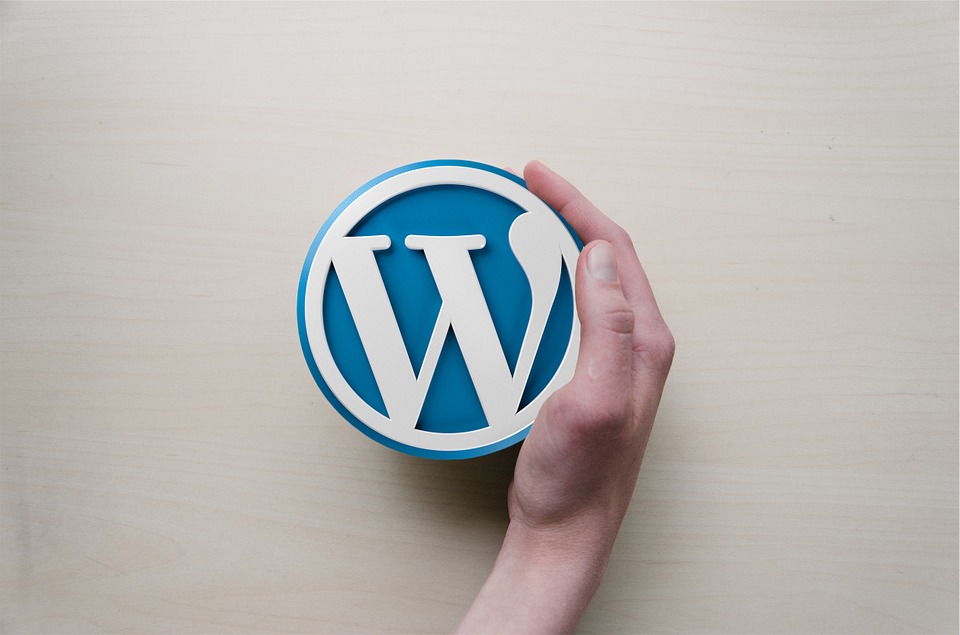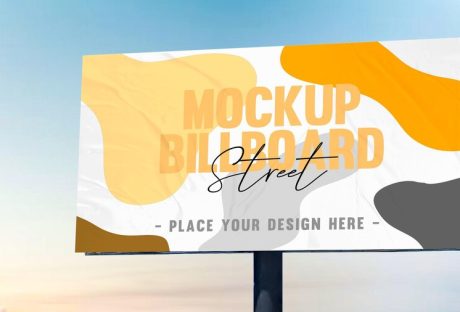The mortgage industry overhauled its processes and technologies with the TILA/RESPA Integrated Disclosure (TRID) Act rolling out. Technology initiatives that created competitiveness between banks soon became the norm. Compliance needed to move north. Now, automation has made paperless mortgage a reality with loan origination software, retail point of sale, customer-direct solutions, and electronic documents providing complete end-to-end support. Regulations are constantly changing and lenders, still in their TRID hangover, need to do more.
What is UMDP?
In the pre-recession era (before 2008), borrower and loan information was sourced and stored by different agencies. Siloed information hindered different players from accessing true data and it was usually shared by email. This resulted in errors and insufficient access to data in the banking system.
Uniform Mortgage Data Program (UMDP) is the last leg to the realization of the electronic mortgage. Just as TRID brought in enhanced data quality in the origination, UMDP will improve data standards in closing disclosures and data interpretation. Government-sponsored enterprises (GSEs) have indicated, come 2017, they will refuse to buy loans that fail to conform to the Uniform Closing Dataset (UCD) standard.
The Federal Housing Finance Agency (FHFA) is directing government-sponsored agencies (GSEs) to create a common approach, protocol, and data set for mortgage data. The common data set, which is understood by all, will improve data accuracy. Definition ambiguities of loans purchasable by GSEs can be avoided. The lenders can capture granular data of a particular standard.
- The Uniform Collateral Data Portal (UCDP) will be one electronic portal through which all lenders can submit appraisal data.
- The Uniform Appraisal Dataset (UAD)will provide common definitions and requirements of appraisal data.
- The Uniform Mortgage Servicing Dataset (UMSD) will define the data set with standardized definitions, formats, and values.
- The Uniform Closing Dataset (UCD) will provide standard data for the closing disclosure form.
UMDP may have bestowed the entire industry with mortgage data becoming uniform and accurate, but the upgrades rigmarole still worry lenders. However, GSEs have chosen to be capable of verifying underwriting data and audit data anytime. Customer preference lies with a seamless closing process and the impetus for lenders will be to transition into e-mortgage.
Fannie and Freddie have already announced that they will purchase loans if the appraisals were submitted electronically and met the UAD standard. Technology vendors are already ensuring that their solutions transform appraisal information into data compliant with the Mortgage Industry Standards Maintenance Organization (MISMO).
Manual processes are slowly fading and lenders are going to cloud-based mortgage origination and servicing software. The entire process needs to be seamless to ensure compliance from origination to closing. Today, the challenge for loan origination software is compliance, but tomorrow the focus will be imminently on collaboration. It will be important to have data which can be shared and understood by all. Standardization helps loan originators and customers to access data from diverse sources and interpret them effectively.
Data standardization is the key driver for e-mortgage and paperless origination and closing. UMDP will be the “new normal” and help the industry to standardize their processes for better visibility and faith in the system.
Preethi vagadia is a business architect worked in Mortgage and Finance software department with top notch companies and has over 8 years of experience in Mortgage Lending Technology,Mortgage Technology software, mortgage management software, etc. She has also worked on several process improvement projects involving multi-national teams for global customers in warranty management and mortgage.






















